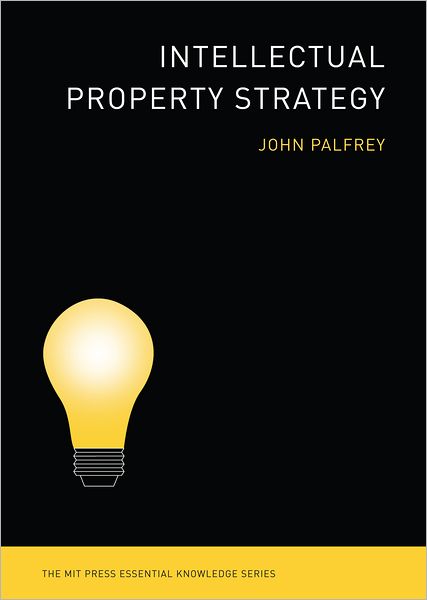The University Libraries are excited to announce our first annual Fair Use Week celebration! Starting on Monday February 22nd, Fair Use Week is an event to “celebrate the important doctrines of fair use in the United States and fair dealing in Canada and other jurisdictions” and promoted by the Association for Research Libraries.
In addition to the Fair Use Week events, the University Libraries will have an interactive exhibit on the 2nd floor of Newman Library (near the Alumni Mall entrance) from Monday February 22 through Friday March 4. Please join us for one or more of the events below!
- Monday, 2/22, 4:30-5pm, Newman Library, 2nd floor
Fair Use Week Exhibit Opening – enjoy some light refreshments while exploring the interactive exhibit. - Tuesday, 2/23, 9:30-10:45am, online*
Workshop: “Is it a Fair Use? A Hands-On Discussion”
NLI Credit available.
*Contact Ginny Pannabecker at vpannabe@vt.edu for online meeting information. - Tuesday, 2/23, 11:00am-Noon, Newman Library, Multipurpose Room (first floor)
Workshop: “The New International Movement to Standardize Rights Statements – And How We’re Participating”
NLI Credit available. - Wednesday, 2/24, 10:00-11:00am, Newman Library, Multipurpose Room (first floor)
Discussion: “Behind the Scenes of the Fair Use Week Exhibit: How We Made Our Copyright Decisions”
NLI Credit available. - Wednesday, 2/24, 1:25-2:15pm, Newman Library, Multipurpose Room (first floor)
Workshop: “Is it a Fair Use? A Hands-On Discussion”
NLI Credit available.
So, what is “fair use” and why do we think it’s important enough to celebrate it for a whole week?
Fair Use is a four-factor exemption of U.S. Copyright Law 17 U.S. Code § 107 which allows anyone to:
- Copy
- Re-distribute
- Perform
- Electronically transmit
- Publicly display
- Create new versions of others’ copyrighted works
…without permission.*
*When the potential use is deemed to be “fair” rather than “infringing.” Only a court can decide what is truly “fair use.” However, U.S. law allows anyone to conduct a well-informed fair use analysis in good faith to determine if their proposed use of copyrighted material is more fair or more infringing.
For an example of Fair Use in action and an entertaining video explaining some foundational U.S. Copyright and Fair Use information, take a look at Professor Eric Faden’s “A Fair(y) Use Tale.” The version embedded below was re-uploaded to YouTube (under compliance with the video’s CC BY NC-SA 3.0 license) in order to add transcribed subtitles and captioning.
https://youtu.be/lmOa3DFRicY&w=500&h=375
Thank you for taking a moment to find out more about Fair Use, and we hope to see you at one or more of the University Libraries events!
Thanks to the University Libraries’ 2016 Fair Use Week team: Virginia (Ginny) Pannabecker, Anita Walz, Scott Fralin, Robert Sebek, and Keith Gilbertson!

 (Update May 14, 2018: This book is now available in an
(Update May 14, 2018: This book is now available in an